I recently finished reading Bill Gates’ latest book, How to Avoid a Climate Disaster: The Solutions We Have and the Breakthroughs We Need, which sets out the challenges we face in meeting ambitious emissions targets, and explores a range of green energy sources that he’s hopeful will make a difference to human impact on the planet.
The book begins with the powerful statement that there are two numbers that really matter when we think about our emissions. 51 billion tonnes – the volume of greenhouse gases typically released into the atmosphere each year; and 0 tonnes – what we need to get to by 2050 in order to avoid an irreversible and devastating climate crisis.

Bill Gates presents a hopeful, realistic and clear explanation of the solutions we already have, and the technological breakthroughs that still need to happen in order for us to achieve this important transformation as a global community.
A range of exciting new technologies are emerging, from air capture technologies and lithium batteries to plant-based meat and new approaches to nuclear energy. Let’s take a look at the pros and cons of various approaches – some well-established, and some still in their infancy – to get a sense of the fascinating future of green energy.
The future of traditional renewables
The existing range of traditional green energy solutions offer broadly offer the same benefits – they’re all clean and naturally abundant on Earth, with comparatively low maintenance and running costs; but they all also have similar drawbacks – they require a significant upfront investment, and are not as consistent as fossil fuels, often fluctuating with the weather.
There’s a great deal of work going on with this group of renewable energy solutions – which have been operational for some time – including solar, wind, and hydropower, utilising modern technology to maximise efficiency, and drive down their costs, or ‘green premium’ to establish them in the mainstream.
Solar panels are becoming smarter and smaller, and wind turbines are getting bigger and more powerful. Coupled with developments to mitigate against intermittent supply, in battery storage systems and pumped hydroelectric storage facilities for example, these approaches are becoming more and more realistic as a substantive solution to growing demands on electricity.
Innovations in energy
Geothermal energy captures powerful heat from below the Earth’s surface by using steam from water heated below the surface to power turbines. It yields a more stable supply than wind or solar power, but has geographical limitations and just doesn’t generate a great deal of energy when it comes to the levels we need for modern living.
Biomass is gaining momentum as a cheap alternative, especially in developing countries. Although it’s not 100% clean as it does emit some greenhouse gases, its credentials lie in the fact it reduces landfill by reusing waste instead of burying it – it’s certainly going to be a growing part of a blended approach to energy production.
Where Bill Gates really sees potential is with hydrogen energy. This really is new, and most of us don’t know much about it. What’s interesting is that it takes something that – although is the third most abundant element on Earth – does not naturally occur as a gas in our atmosphere.
The process involves taking a naturally occurring compound such as water and extracting the hydrogen from it. The pure hydrogen is then burnt to generate energy – with the only by-product being water. What could be cleaner?!
With hydrogen energy being extremely powerful, it’s got serious potential for the future. The main issue is that energy is needed to extract the pure hydrogen, and both storage and transport can be challenging as it needs to be compressed. Hydrogen can also escape its container due to how small the particles are.
Huge investment is going into the transition from grey or blue hydrogen (using heat from fossil fuels to power extraction) to green hydrogen, which uses electrolysis – powered by clean energy like solar or wind – to split the water.
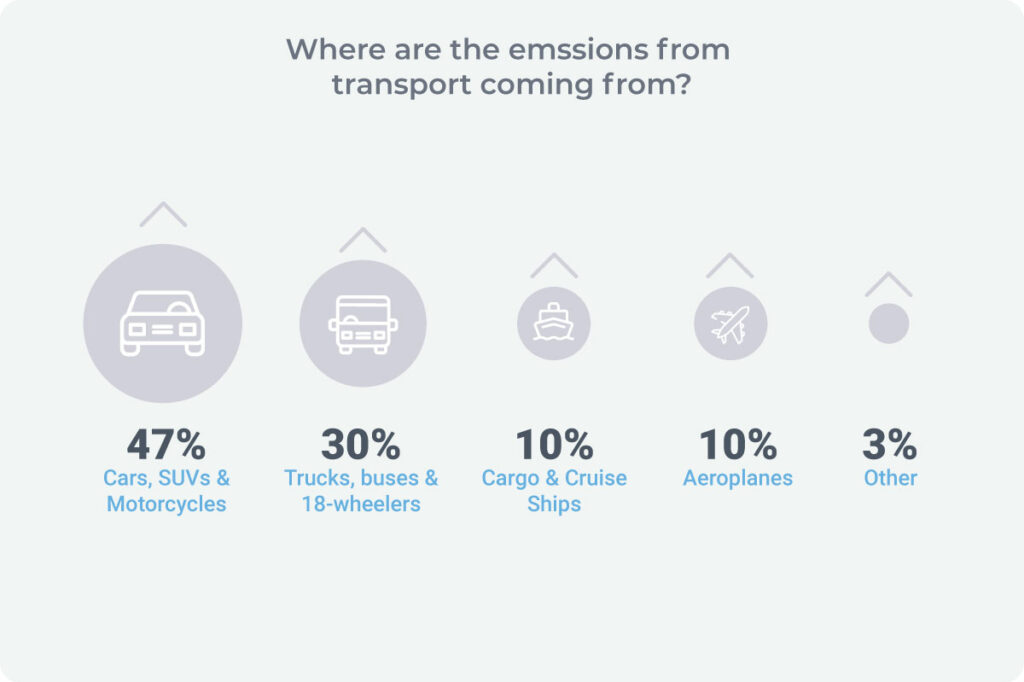
Innovations in transport
We’re seeing many more electric vehicles on our streets, with a bigger range and decreased green premiums. But, making the leap to the mainstream is still a way off, with battery storage limitations making electric long-range good vehicles, cargo ships and long-haul planes unrealistic.
The energy density of the best lithium-ion battery being produced is around 35 times less than that of traditional fuels, so as distance increases, the weight of the batteries needed goes up massively, reducing the amount of cargo that can be carried.
Nanoengineering may be able to provide us with the solutions we need in the future by improving the efficiency of batteries substantially to create a much higher energy density. Advanced electro-fuels could also be a big part of the answer. Electro-fuels vehicles also have the advantage of not having to wait for batteries to charge.
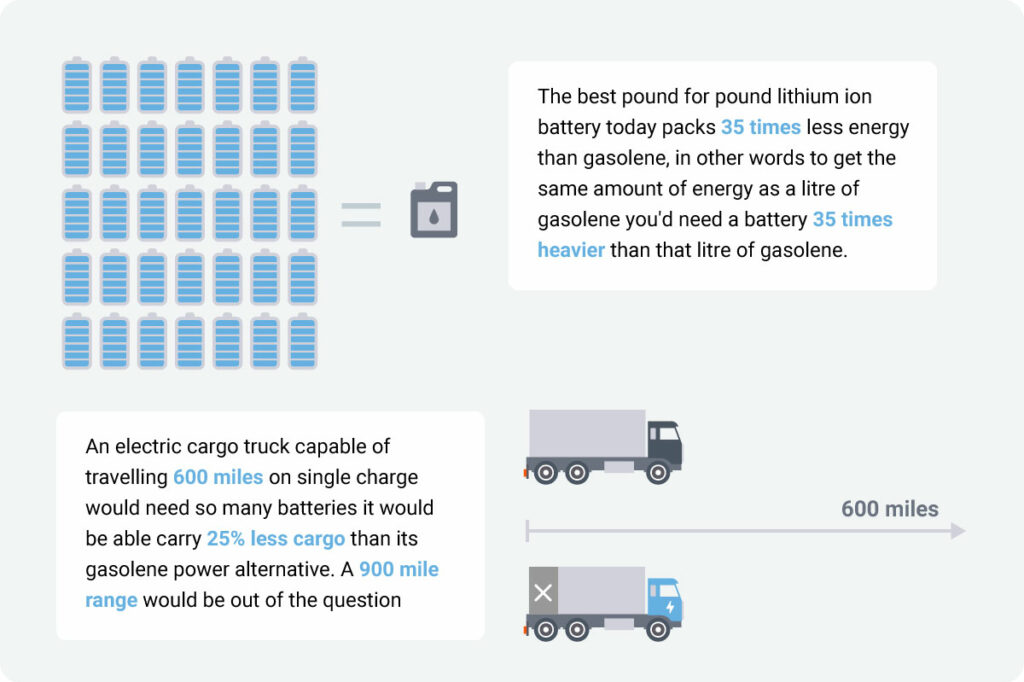
Is a greener future possible?
As we move away from fossil fuels, it’s clear a blend of various green energy alternatives are the way forward – However at this stage, there are a large amount of unavoidable emissions being produced, particularly from the manufacturing of concrete and steel – these emissions are the result of chemical reactions of which there doesn’t seem to be a way around. These unavoidable emissions highlight the importance of innovation in carbon absorption, storage and capture techniques to remove residual CO2 from the atmosphere.

The ‘green premium’ described by Gates also remains a stumbling block for mass adoption of alternative energy sources when – particularly post-Covid – business, industries and government need to keep costs at a minimum. For innovation to truly take hold, we need robust policy and tangible financial incentives from government, as well as firm commitment across industry.
Summary of important technologies from the book
- Hydrogen produced without emitting carbon
- Grid-scale electricity storage
- Electrofuels
- Advanced biofuels
- Zero-carbon cement
- Zero-carbon steel
- Plant- and cell-based meat and dairy
- Zero-carbon fertiliser
- Next-generation nuclear fission
- Nuclear fusion
- Carbon capture
- Underground electricity transmission
- Zero-carbon plastics
- Geothermal energy
- Pumped hydro
- Thermal storage
- Drought- and flood-tolerant food crops
- Zero-carbon alternatives to palm oil
- Coolants that don’t contain F-gases


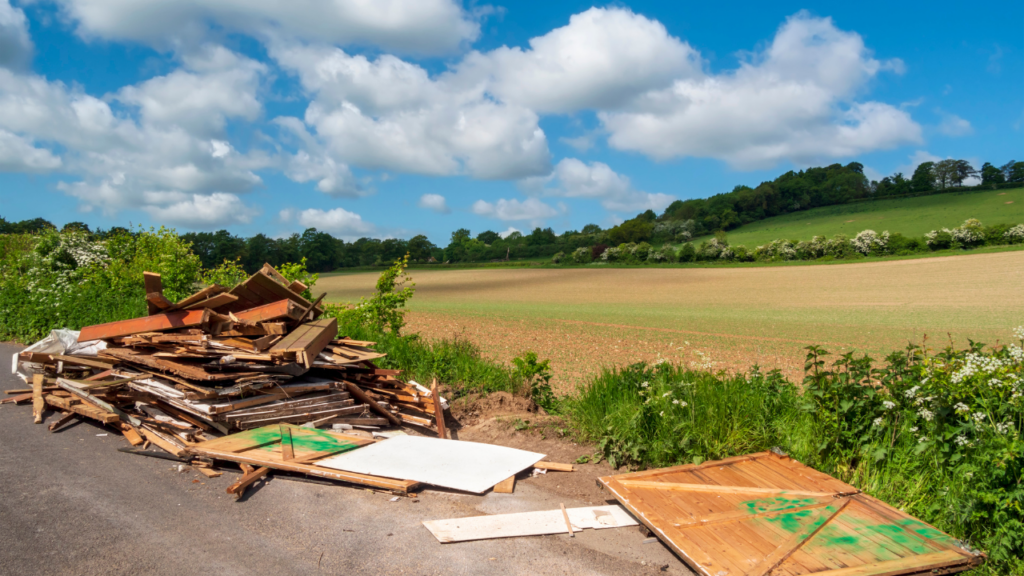
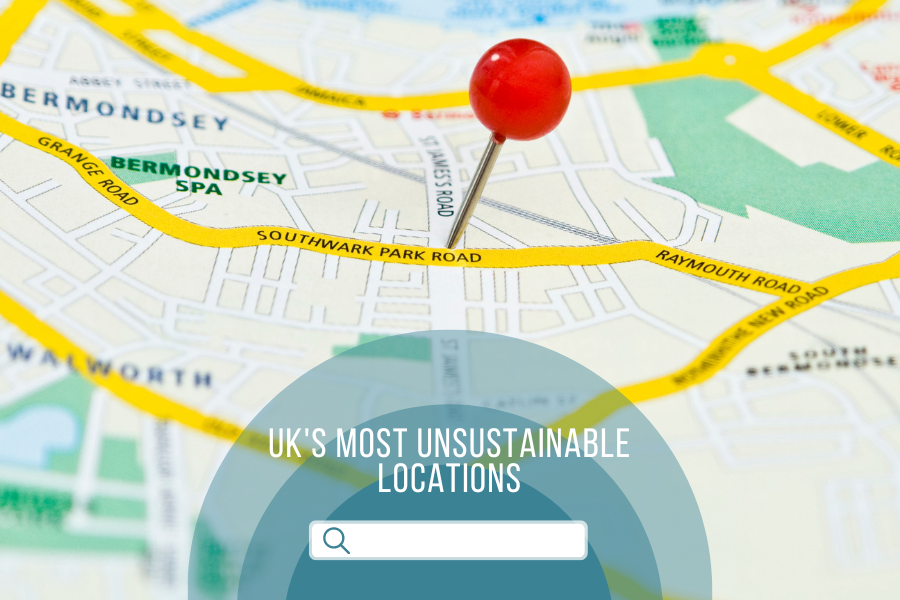
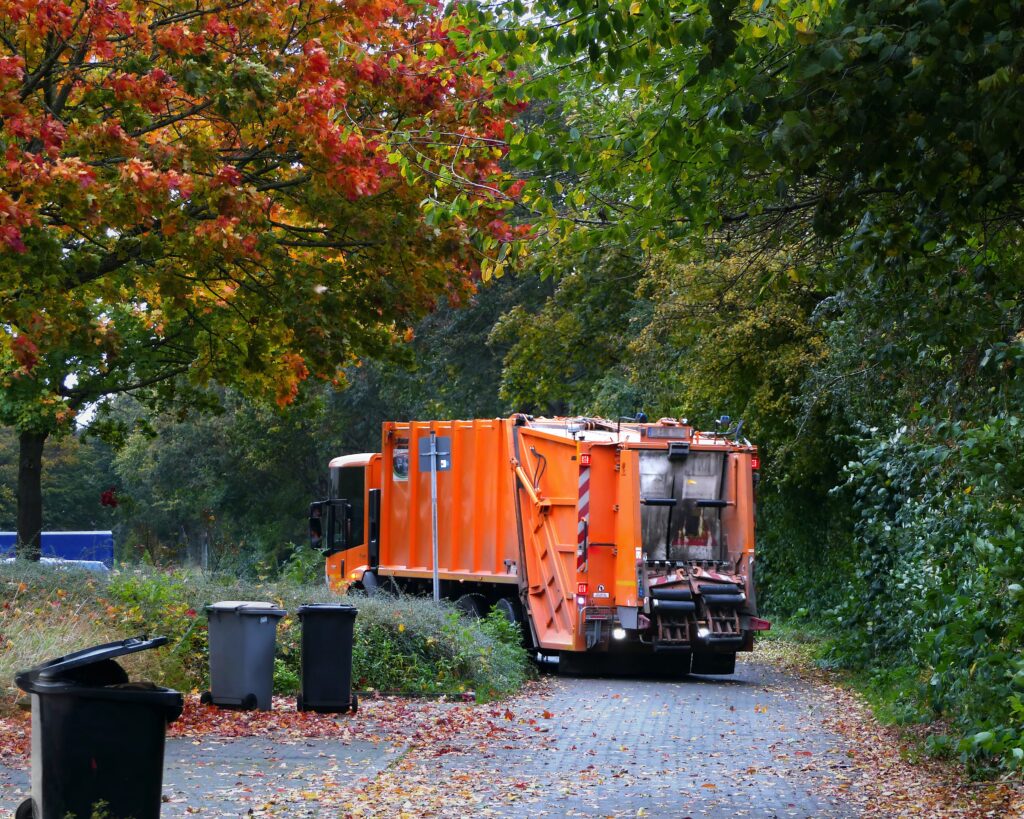
About The Author: Alextrenbath
More posts by alextrenbath